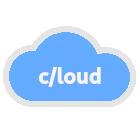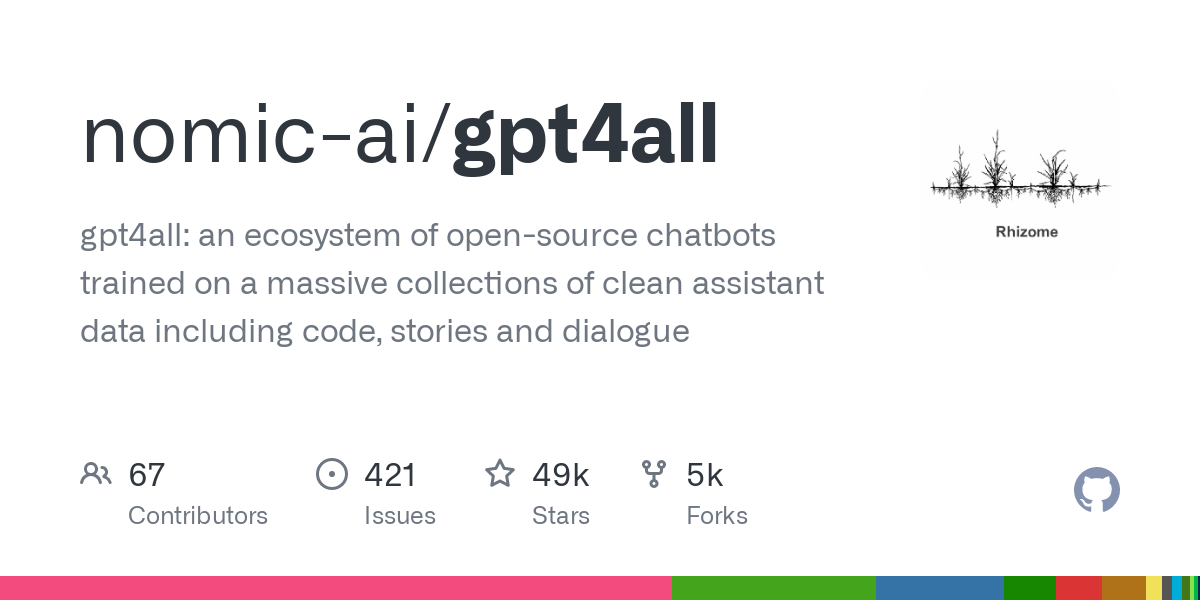
Hard Fork: for keeping up with the biggest tech news. they do dissecting of potential impact if stuff.
Lex Fridman: He interviews really interesting subjects. I'll listen to subjects I'm interested in based on who they are or the subject matter they are an expert in. Lot's interesting tech folks. My favorite episode so far is with John Carmack: Doom, Quake, VR, AGI, Programming, Video Games, and Rockets. Epsidoe is 5 f***king hours but broke it up into several sessions and Carmack is so good in articulating, it flew by.
Huberman Lab: before software I liked biology and medicine. I like these occasionally because I get to learn how systems outside of software/hardware work. These I will watch/listen in a sitting as one would to a movie. It demands your attention to follow along. (I don't like when doctors have podcasts with all the "alternative medice" BS. But Huberman is an active researcher at Stanford and in charge of a lab that cranks out sweet research. Def credible dude and very methodic and tries to rule out bias).

















Yeah I was not a fan of paying for Spotify and them cramming ads of podcasts down my throat when I wanted to listen to music. Plus their shuffle is a joke. Music discovery was pretty sweet though